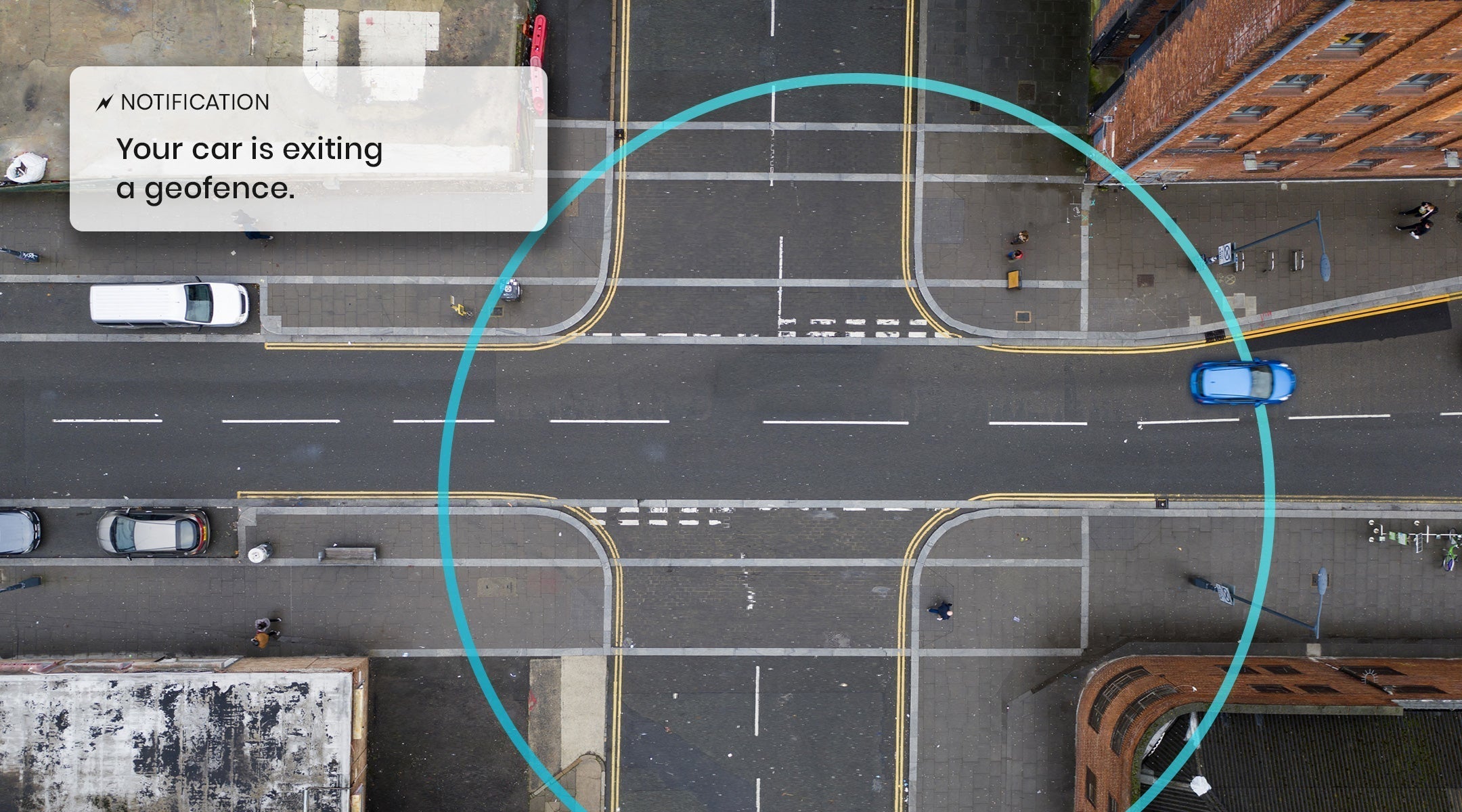Have you ever wanted to know when your child leaves school? What about knowing when a valuable shipment arrived at the cargo depot? Or if a valuable construction asset suddenly leaves the job site without permission (possibly indicating theft)?
Geofencing and boundary notifications help make that happen. By setting up geofencing for your GPS tracker, you can get notified instantly when one of those significant instances occurs.
But let’s take a step back a bit and review just what geofencing is and what you should expect from this incredible technology.
How does Geofencing work?
Geofencing uses GPS and real-time tracking software to create a virtual boundary around a given location. Most GPS tracking apps and software, like the Spytec/Hapn platform, trigger alerts through text messages, mobile notifications, or emails to let the tracker’s owner know when it enters or exits the set geofence.
How are geofences used?
The concept of the application is simple (even if the technology isn’t), and geofencing has been used for a variety of different purposes, both personal and commercial.
Ensuring personal safety
Parents have given kids GPS tracking devices and set boundaries along critical points of interest along their daily route, such as bus stops, schools, and soccer fields. This gives parents peace of mind that their child is where and when they should be.
People also give GPS trackers to elderly relatives who want to stay mobile and independent, but also be monitored and within reach in the event of a medical or safety emergency. In addition to the boundary and movement notifications, the Spytec Mini GPS and Spytec Micro GPS devices also feature emergency buttons that kids or seniors can press to immediately send their location to their loved ones.
Protecting personal or company property
Theft of vehicles and other assets is a major concern, whether you’re a private individual or a business. And while a GPS tracker is a fine way to track down a stolen item once it’s been stolen, it can be very helpful to know the instant it occurs–as opposed to looking at your GPS tracker at the end of the day to find out it’s now in another state.
Getting a timely notification means that you can immediately call the authorities for help and give them the information they need to intercept the thieves before they get too far away or dispose of the tracker.
Car dealerships can also use geofences to spot customers who test-drive vehicles beyond their allowed perimeter, and construction companies can use geofencing to ensure their cranes, bulldozers, and other equipment don’t leave the job site. One of our customers even attached trackers to his cattle and set a geofence to make sure the cattle didn’t wander past his property line.
Geofences can also be used to monitor family members like elderly parents or children to make sure they arrive safely at school or at home.
Increasing driver efficiency
Fleet operators can use geofencing to help improve driver routes and track vehicle usage. If they set a boundary around something like a company service station or fleet hub, they’ll be able to identify vehicles that spend abnormal amounts of time within or away from this location, which may indicate the need to re-optimize their route.

Spytec GPS Geofence Boundaries
Our Spytec/Hapn platform features a “boundaries” module where you can create a geofence around any chosen centerpoint address. The radius around the centerpoint can be set to any distance of your choosing–or any shape.
Alerts for these boundaries can be set on a per-tracker basis, where one tracker can get notifications via email, while another gets them via SMS. You can also set individual boundary notifications per tracker, where Tracker A can trigger speeding notifications within a geofenced area while the other does not.
If you have questions about how Spytec geofences work, contact our team of experts!



Share:
Complete Guide to GPS Tracking for Construction Equipment
How to shop for the perfect GPS car tracker